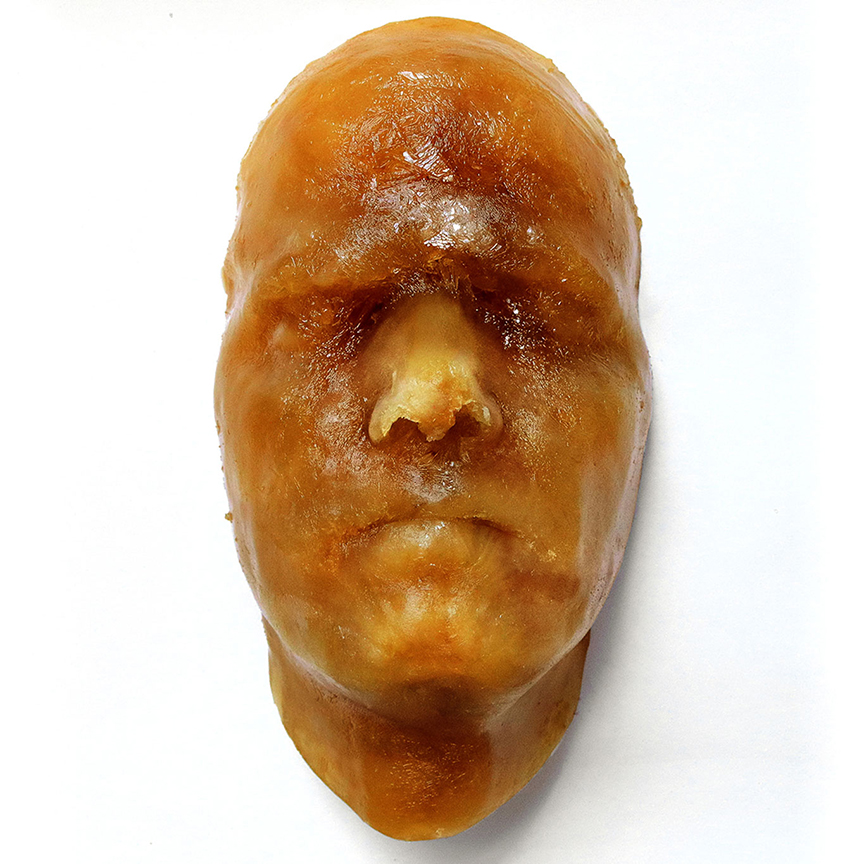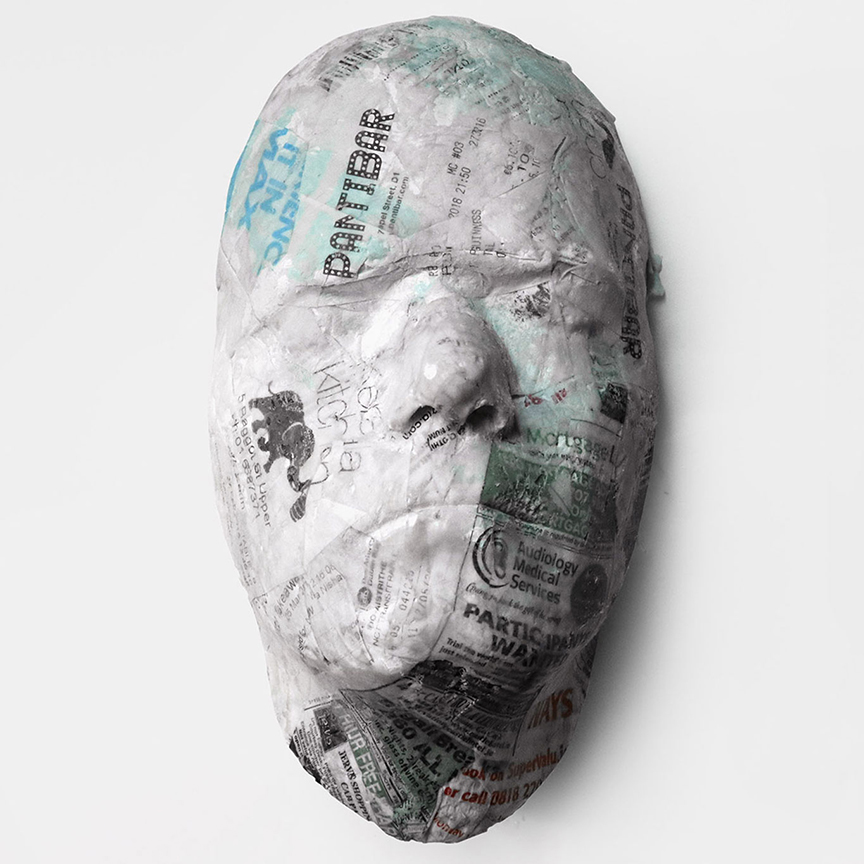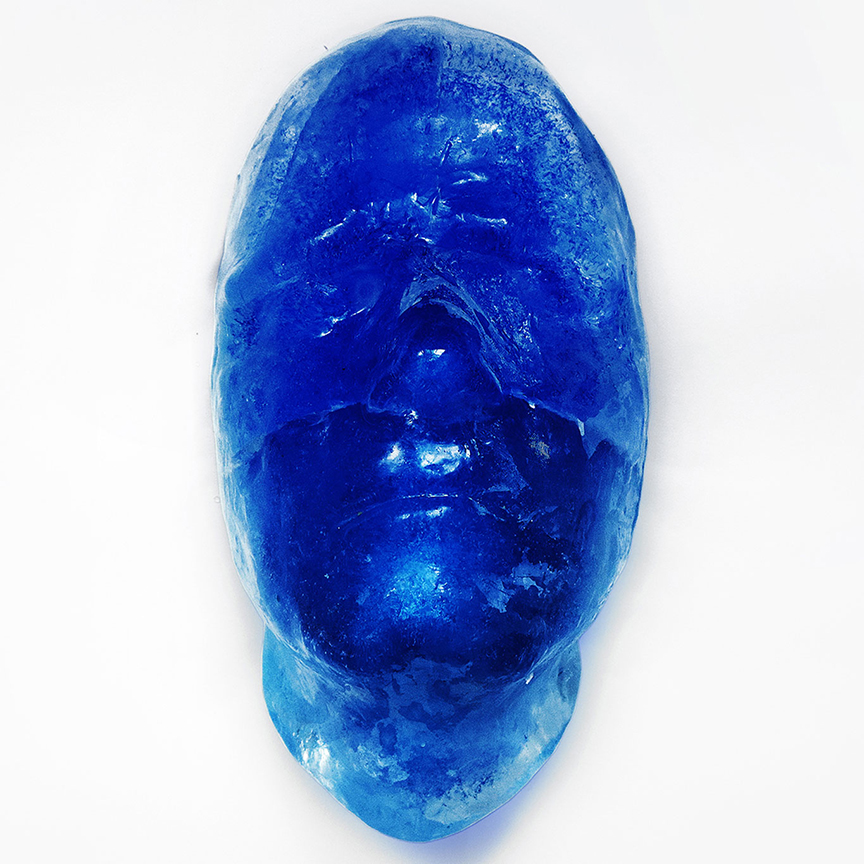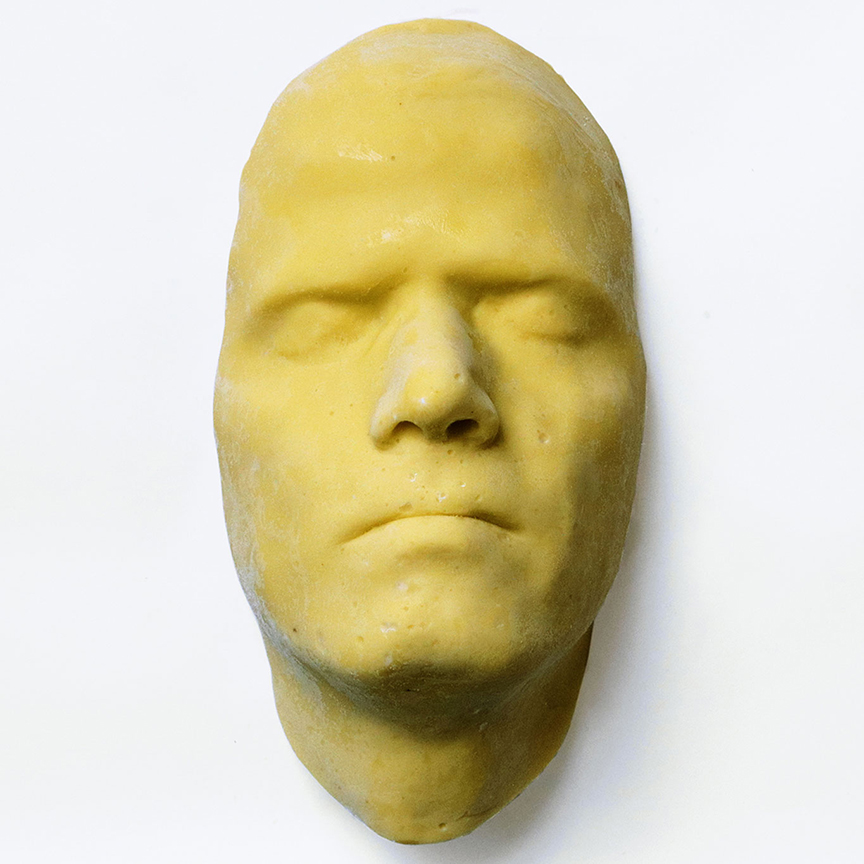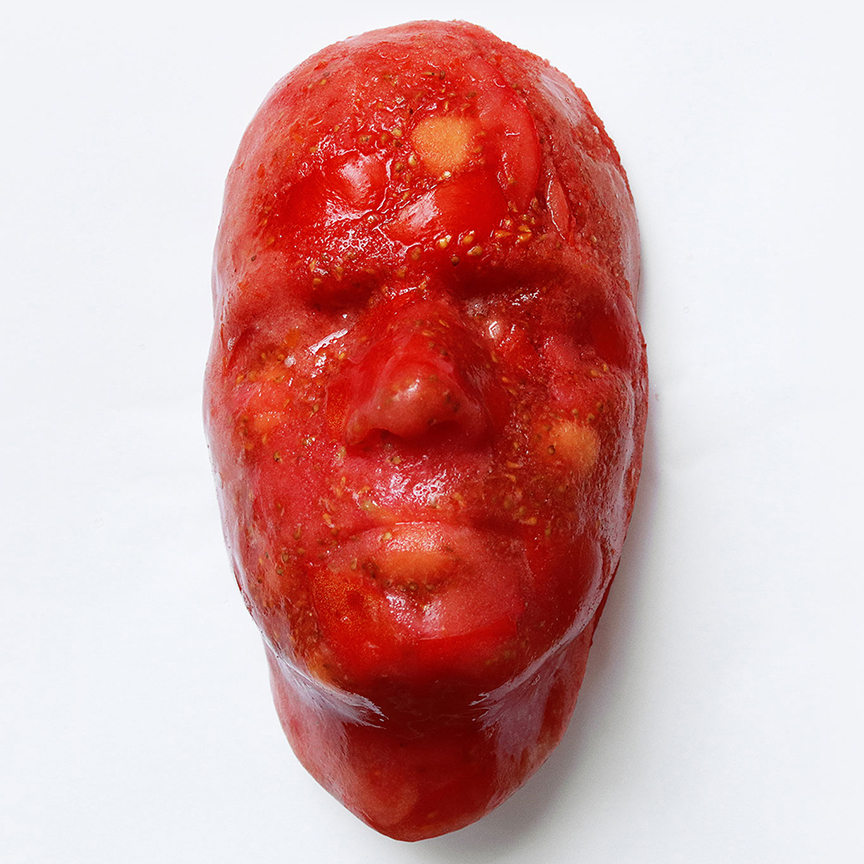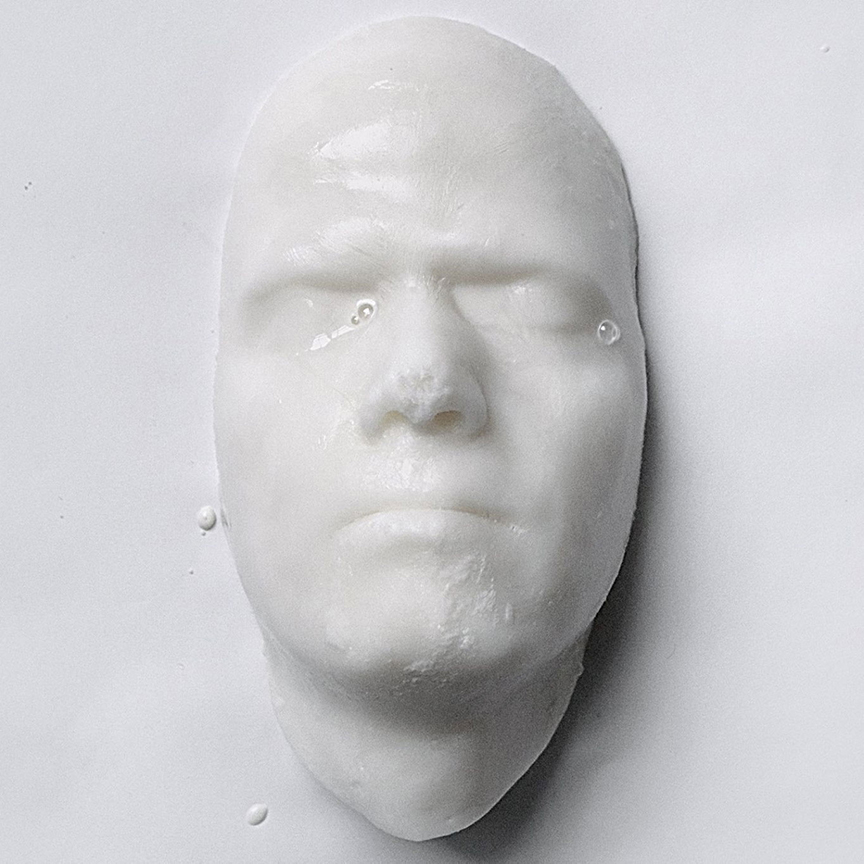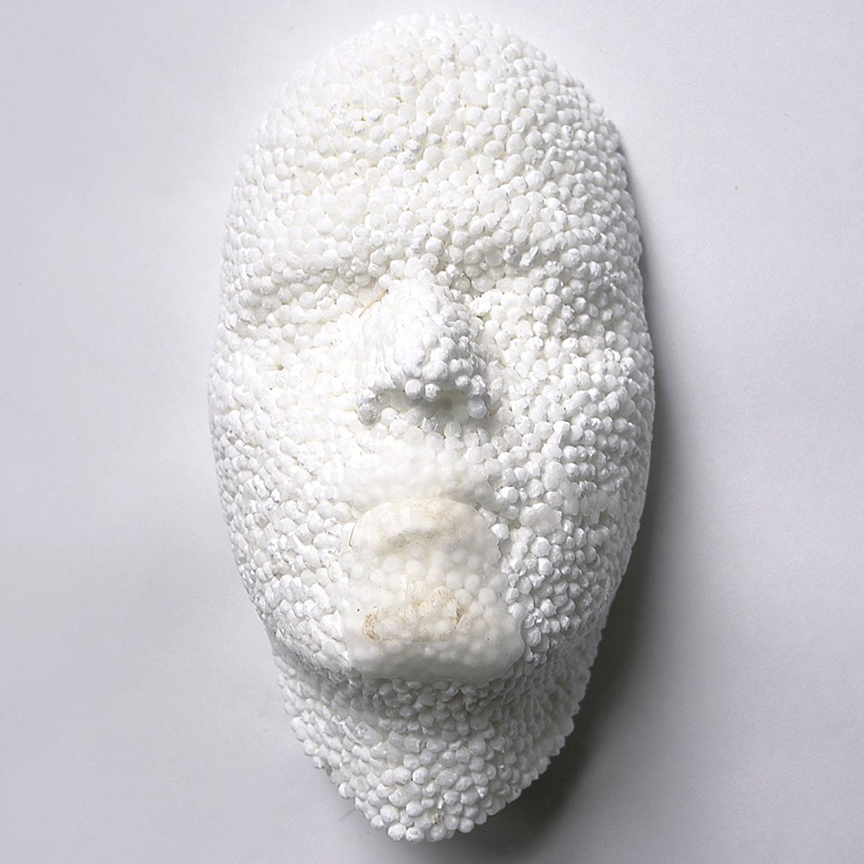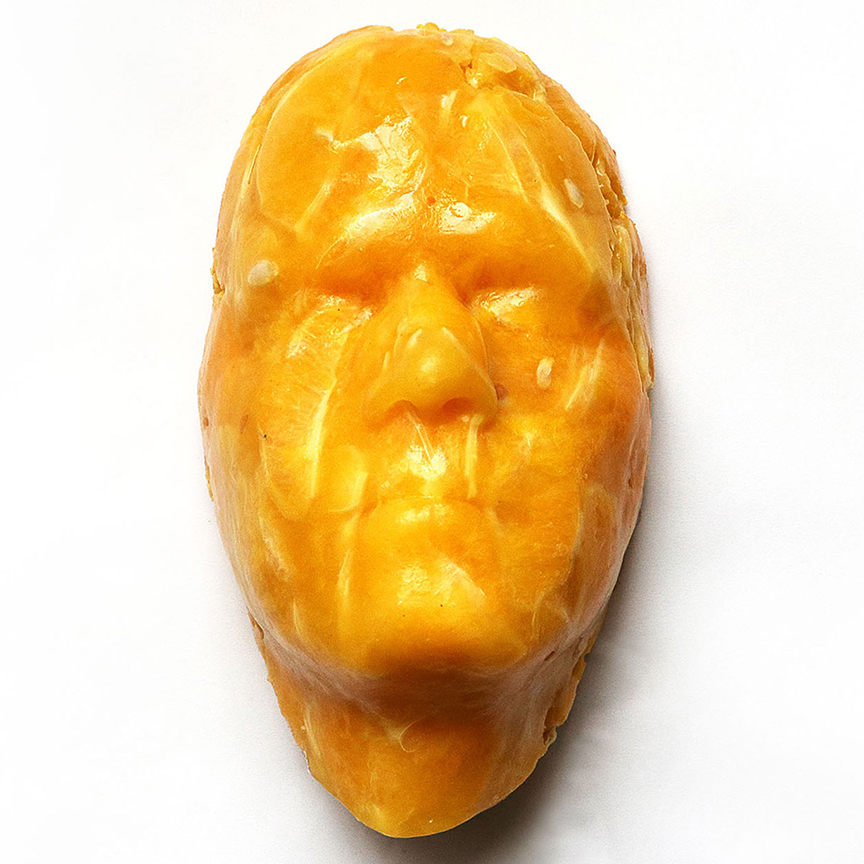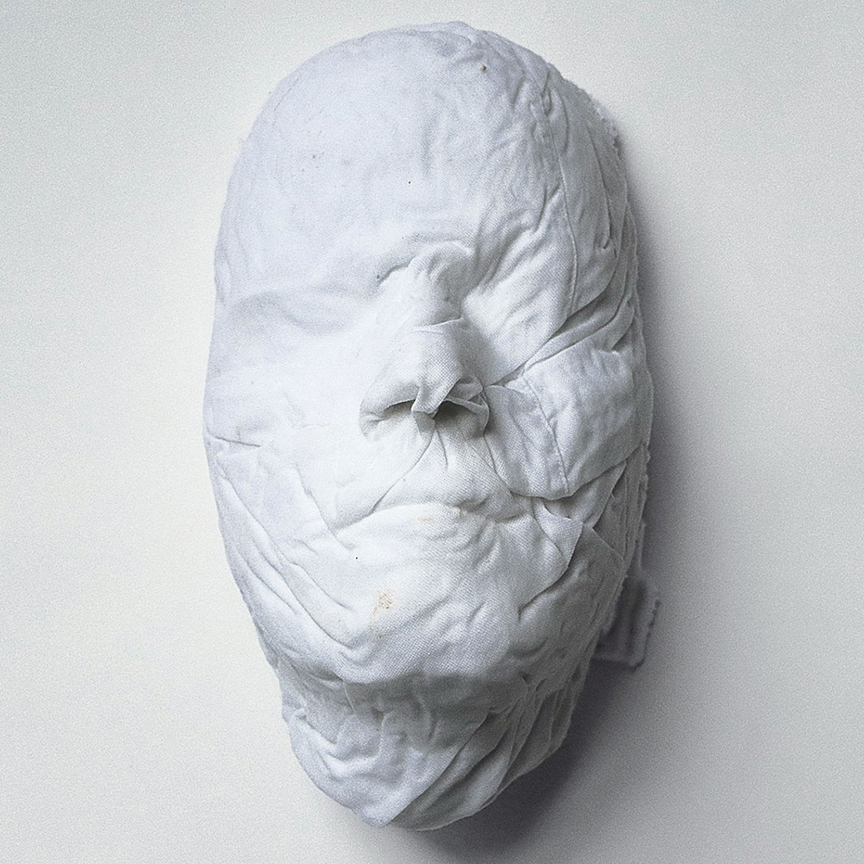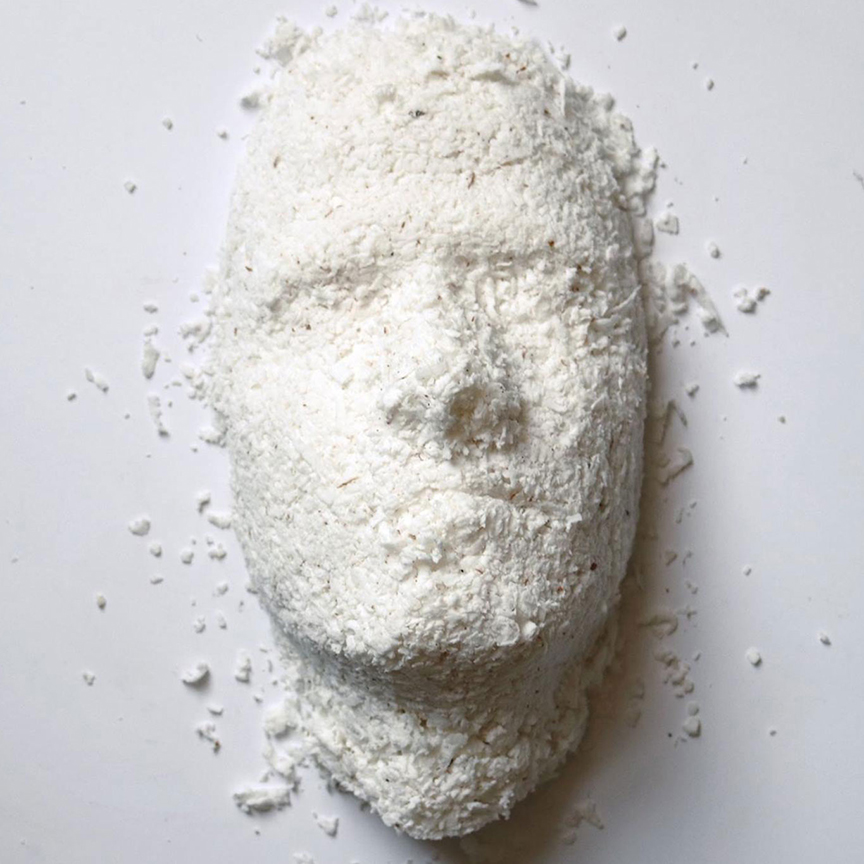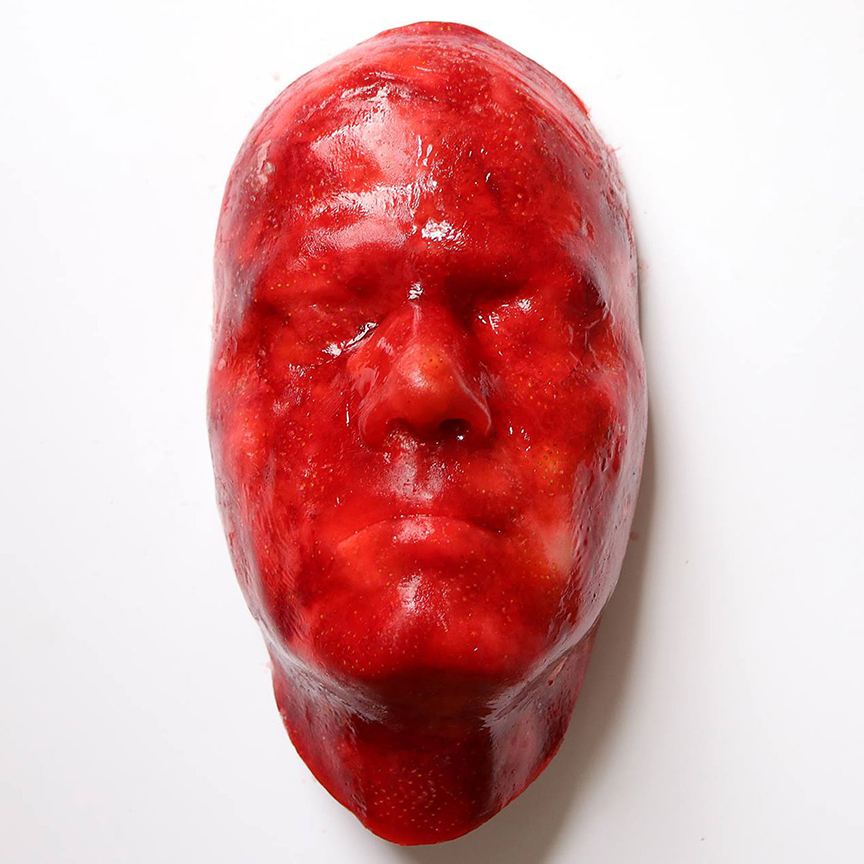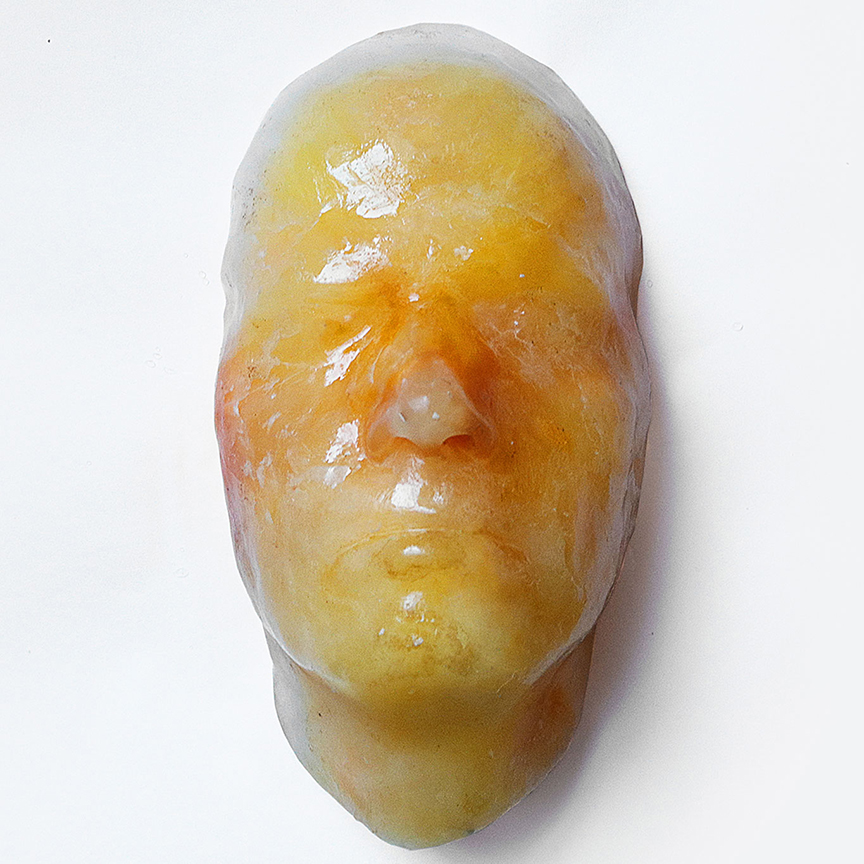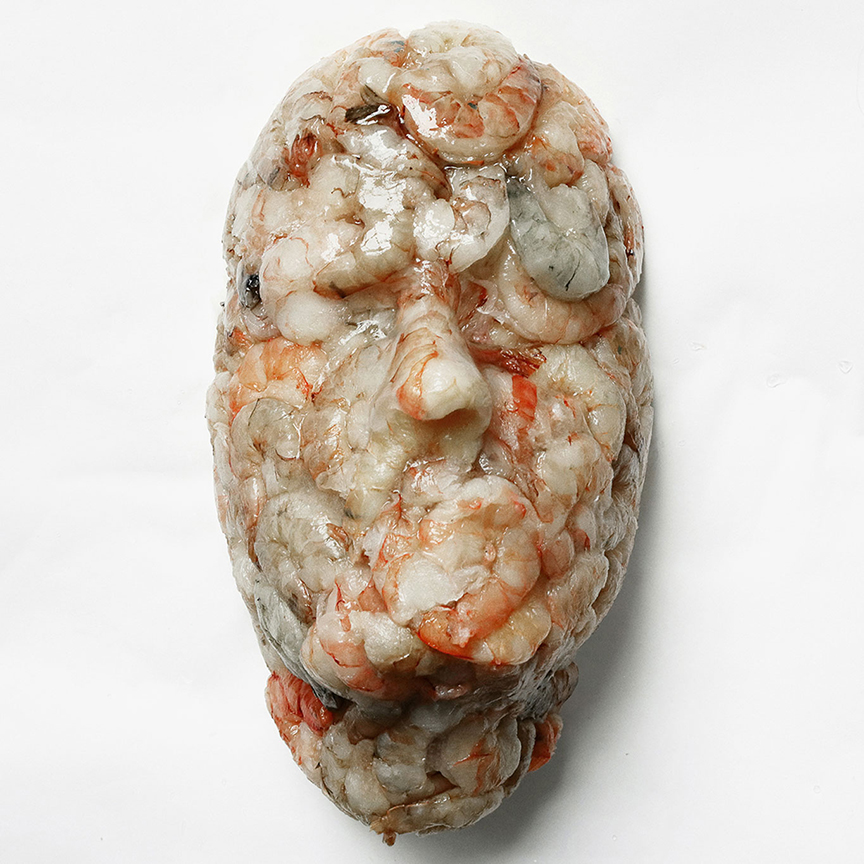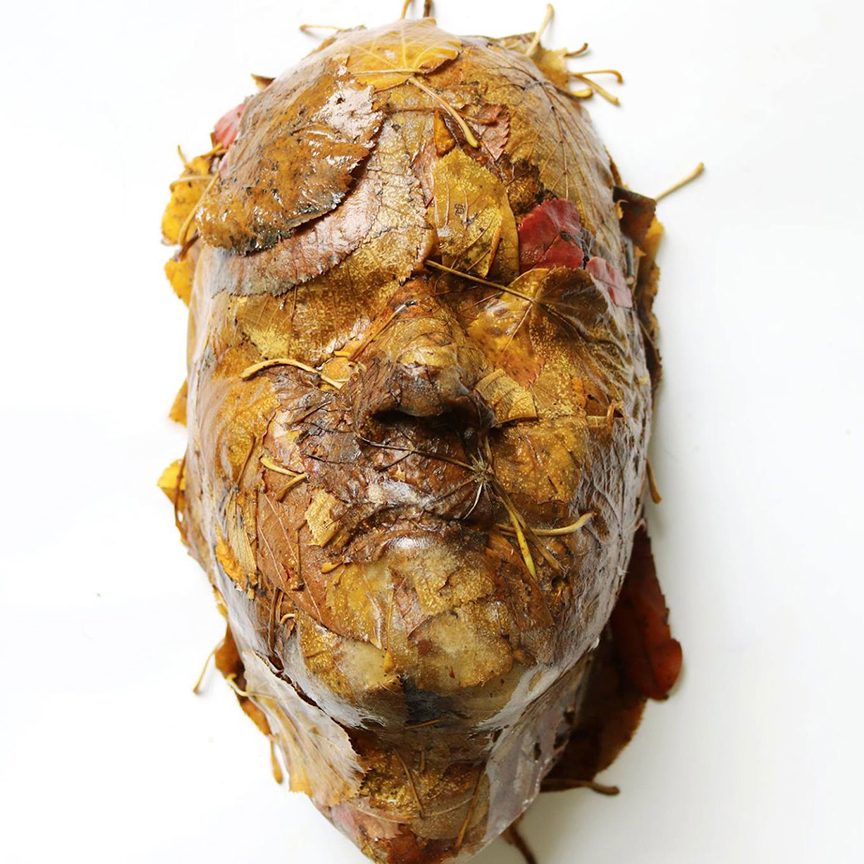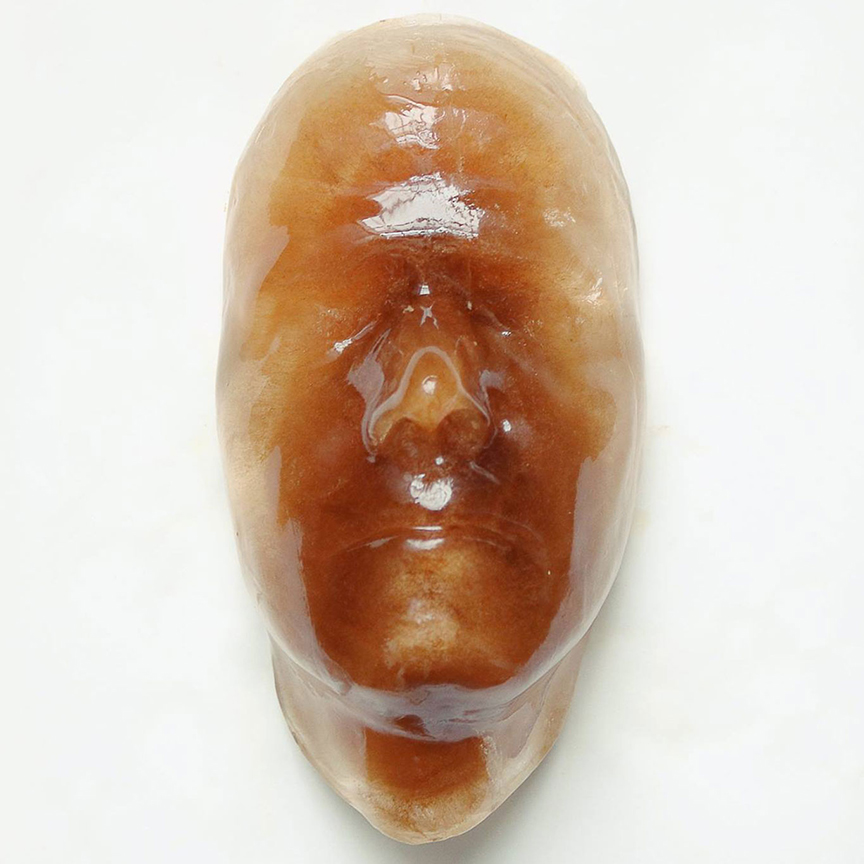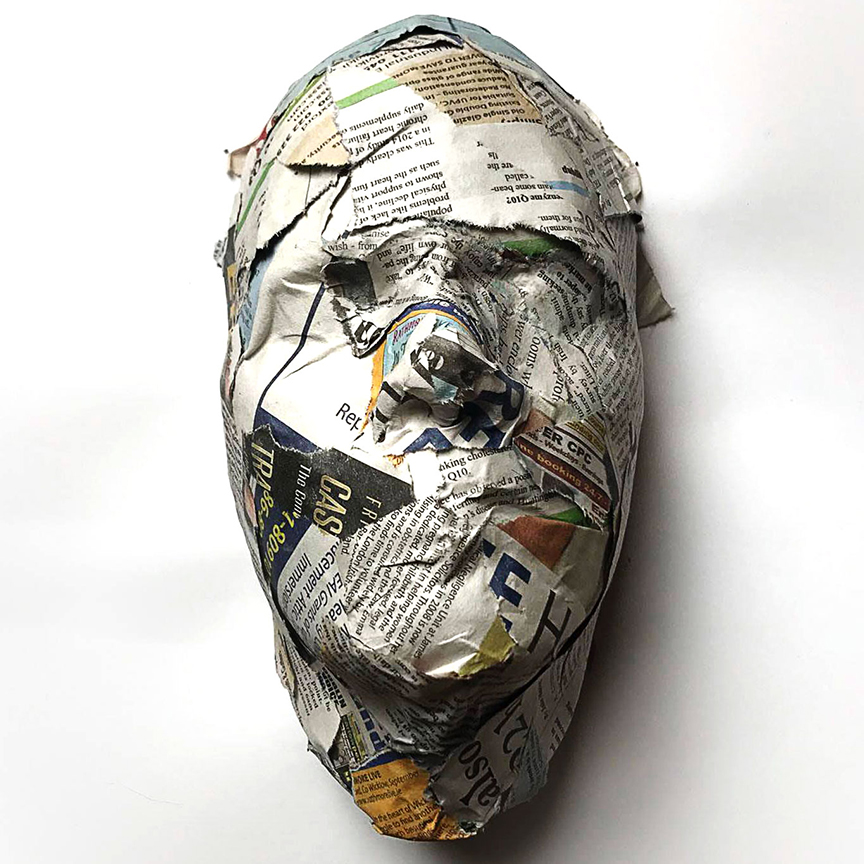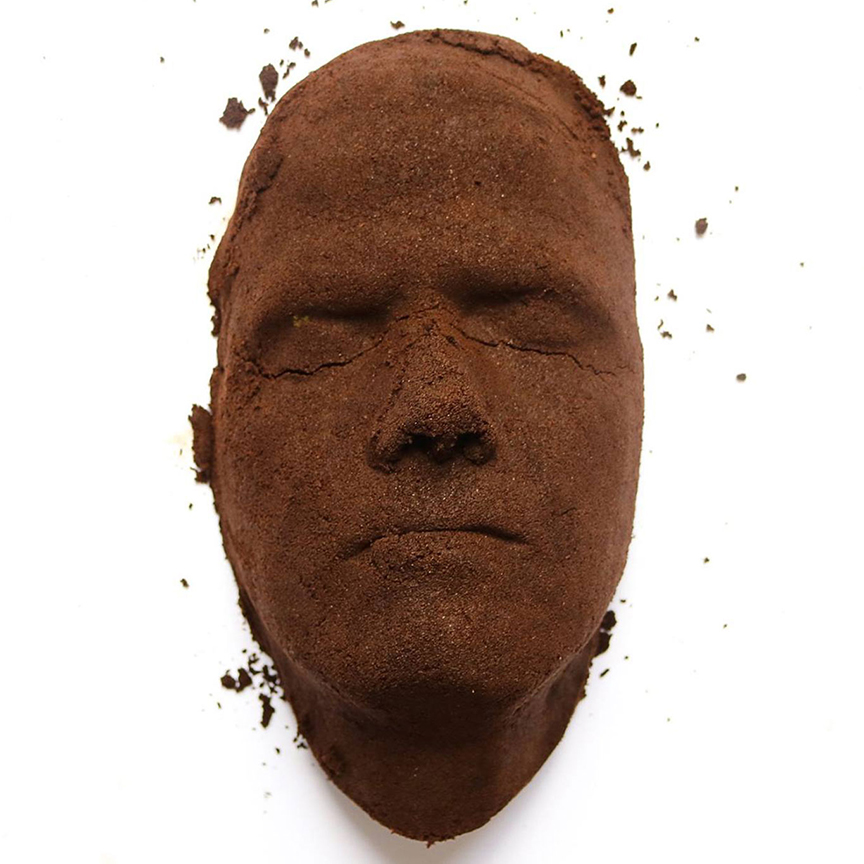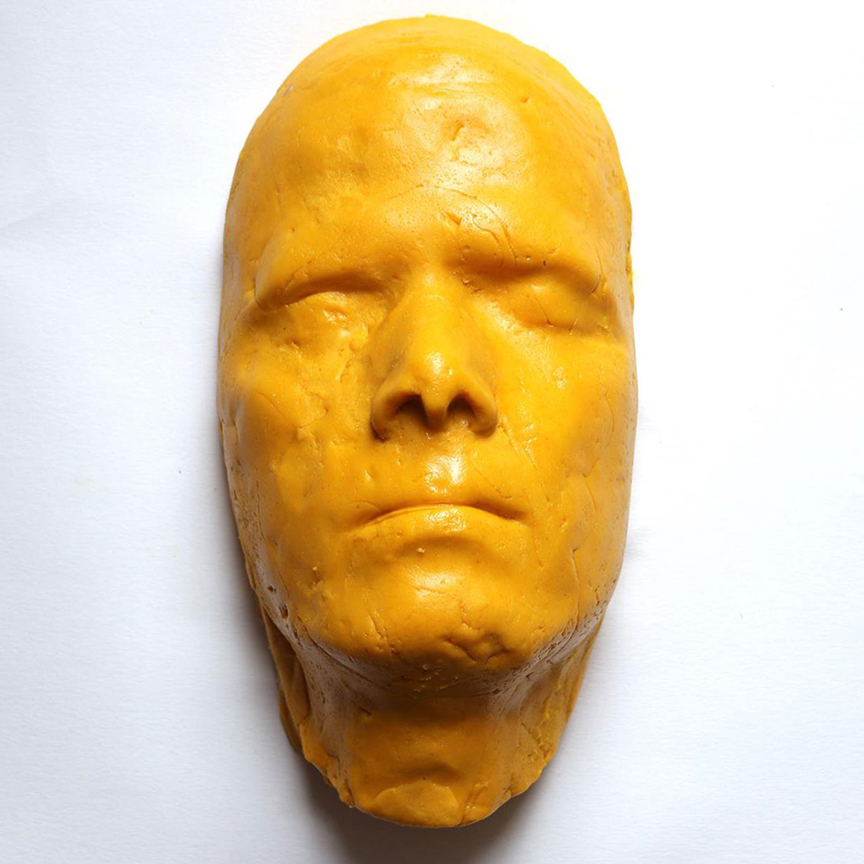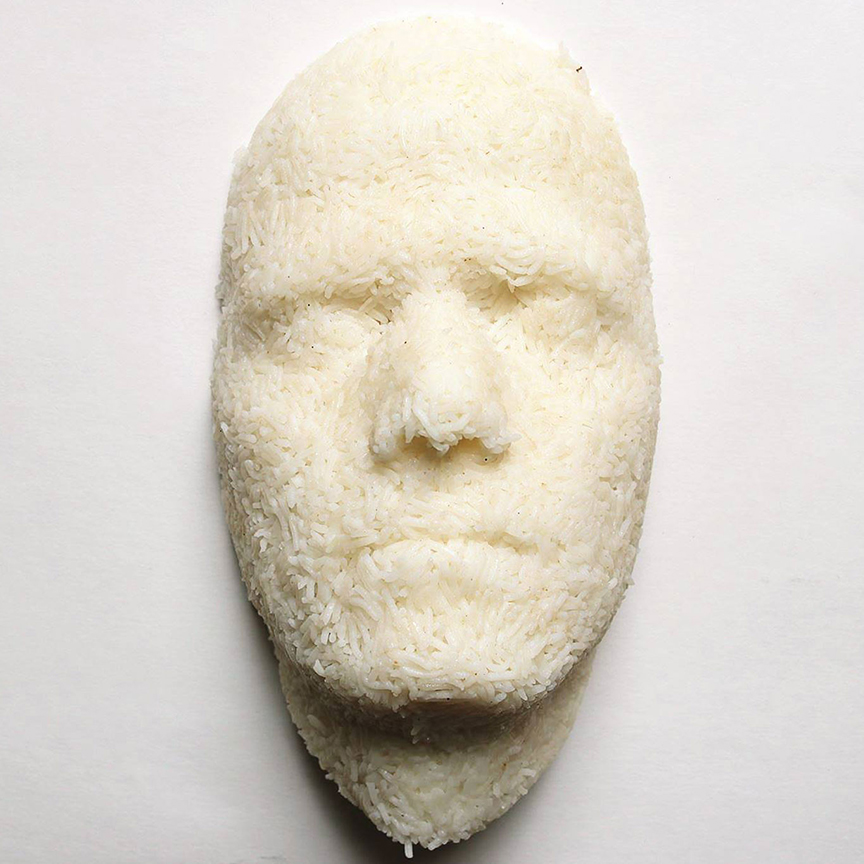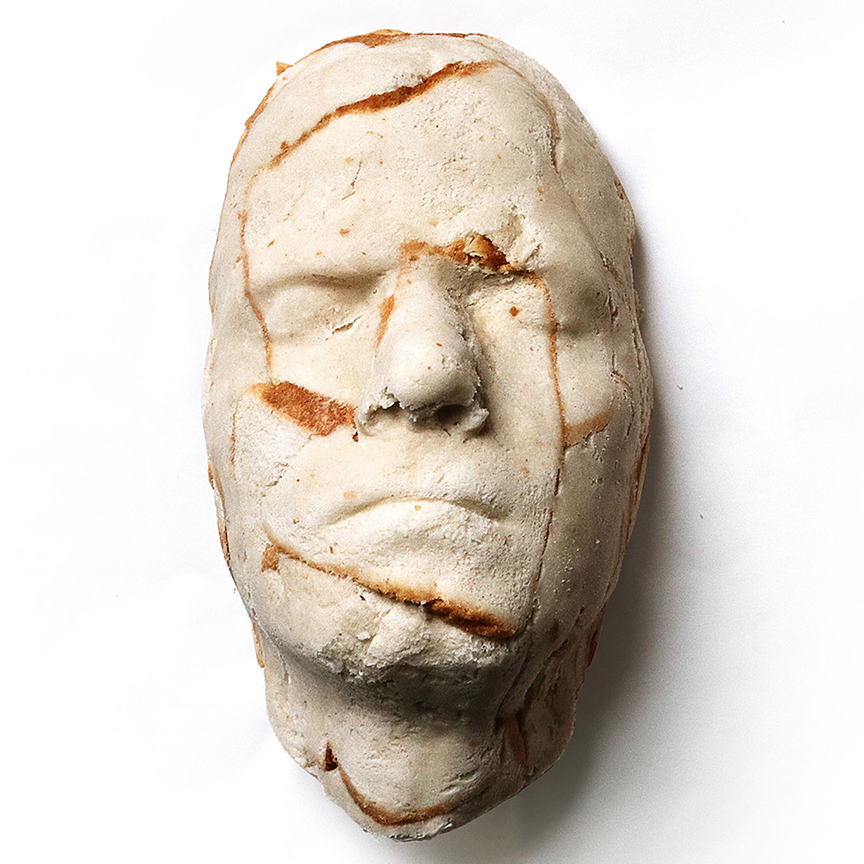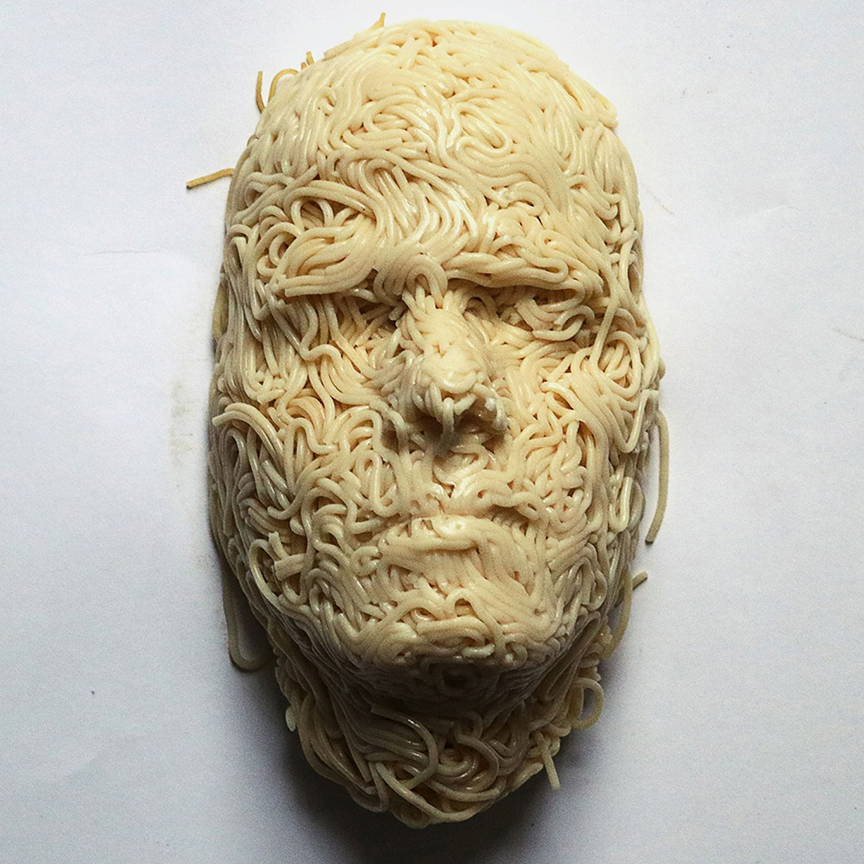This project is a work in progress. Born in Mumbai, India, and now living in Dublin, Ireland, I am documenting 100 items I come across daily. So far, I have documented 20 things I prefer to eat, and drink, what I sense by the various aromas, and what I like to see.
Each item I am documenting has a unique story of existence and human migrations. I am investigating how these things relate to my present in Ireland.
I work as a visual designer. In my work, we refer to the user’s persona to make our designs relevant to their needs. A marketing persona represents a group of customers who have similar behaviour.
We are all aware that the internet collects our data every time we interact. It’s not rocket science anymore. It monitors the pictures we see, our browsing history, and the ads that we select or choose to click. Based on this data, the social and e-commerce portals tailor their merchandise to target us. Free-to-use social network media sites rely on advertising companies to maintain support for their internet presence. They collaborate to develop agreement terms over sharing data so that both parties benefit from the information.
Why the shape of a face?
Creating a mask of a living or dead person is an ancient tradition. Typically, the cast was made of a deceased person’s face using wax or plaster. The externally facing aspect of a system with internal structure is considered its “face.” death masks are used as a remembrance of the dead or for the creation of portraits. In many cultures, a death mask is the funeral mask before the burial rites; the death mask is placed on the face of the dead person and buried with them. Tutankhamun’s mask is a well-known example of the death mask.
I am using a life mask of myself. Life masks were practised by scientists from the late 18th century onwards to record variations in human countenance. Anthropologists have used life masks to study physiognomic features, infamous people, and notorious criminals to collect data on racial differences.
“Persona,” an ancient Latin word, “Persona” refers to the theatrical mask that used to be worn by actors. The term “persona” hence relates to the character played by the actor wearing the mask. The characters in a play are referred to as “dramatis personae” or “persons of a drama.” Persona thus also refers to the personality that an individual projects to others or in public.
Carl Jung’s personality theory states that the persona is the outer, or assumed, aspect of the character, the set of attitudes adopted by an individual to fit a perceived social role. The opposite of this is the real inner personality; Jung called it the anima.
Why did I choose the shape of my face?
I am using my face like a puppet to document my data. And to tell a story about how I have experienced the world around me.
A “sense” is a physiological capacity that provides an organism’s body with data for perception. Vision (sight), audition (hearing), gustation(taste), olfaction (smell), and somatosensation (touch) are the five traditionally recognized senses humans have. Our face, which is fundamental to our identity, is a central body region central part of the body in sensing and is also very prominent in expressing emotion. From a school admission form to the visa application process, an image of our face is the primary evidence of our existence. And now, to unlock the latest smartphones, the user’s face is the password.
Data, information, knowledge, and wisdom are interrelated concepts, and each has a role to play in the other; each term also has its meaning. Thus, only once the collected data is analyzed it becomes information suitable for making decisions.
Cultural references
In India, and particularly in Mumbai, the part of India where I grew up, an annual festival spanning ten days honours the Hindu god, Ganesha. The festival begins with bringing home Ganesha idols made of clay, symbolizing a visit by Lord Ganesha to one’s household. At the end of the festival, the models (murtis) of Lord Ganesha are ceremoniously immersed in the most convenient body of water. This ceremonial end of the Lord’s visit is called “visarjan.” The “visarjan” represents the concept of the cycle of birth, life, death, and rebirth and draws our attention to the transient nature of life. To draw upon this cultural context/motif, after photographing the face, I immerse it in a nearby freshwater body or break it up into small pieces and feed it to birds.
Data, Information, and Knowledge.
Often, a collection of “data” is called “knowledge,” but in a sense, they are the opposite. Data is an objective concept, whereas knowledge is the most abstract concept. Interpretations convert the data into information. Before the development of computing machines, people could collect data and superimpose patterns on it. Any design that arouses the formation or transformation of other ways is information.
Knowledge is an understanding of the information acquired through experience, or education, by perceiving, discovering or learning. The information answers a specific question using the data at hand. Nowadays, we use computers widely to collect data, convert it into information, and use it for marketing, analysis of social services usage by citizens, or scientific research.
We can learn more about ourselves by observing and documenting the things surrounding us in our outer world.
